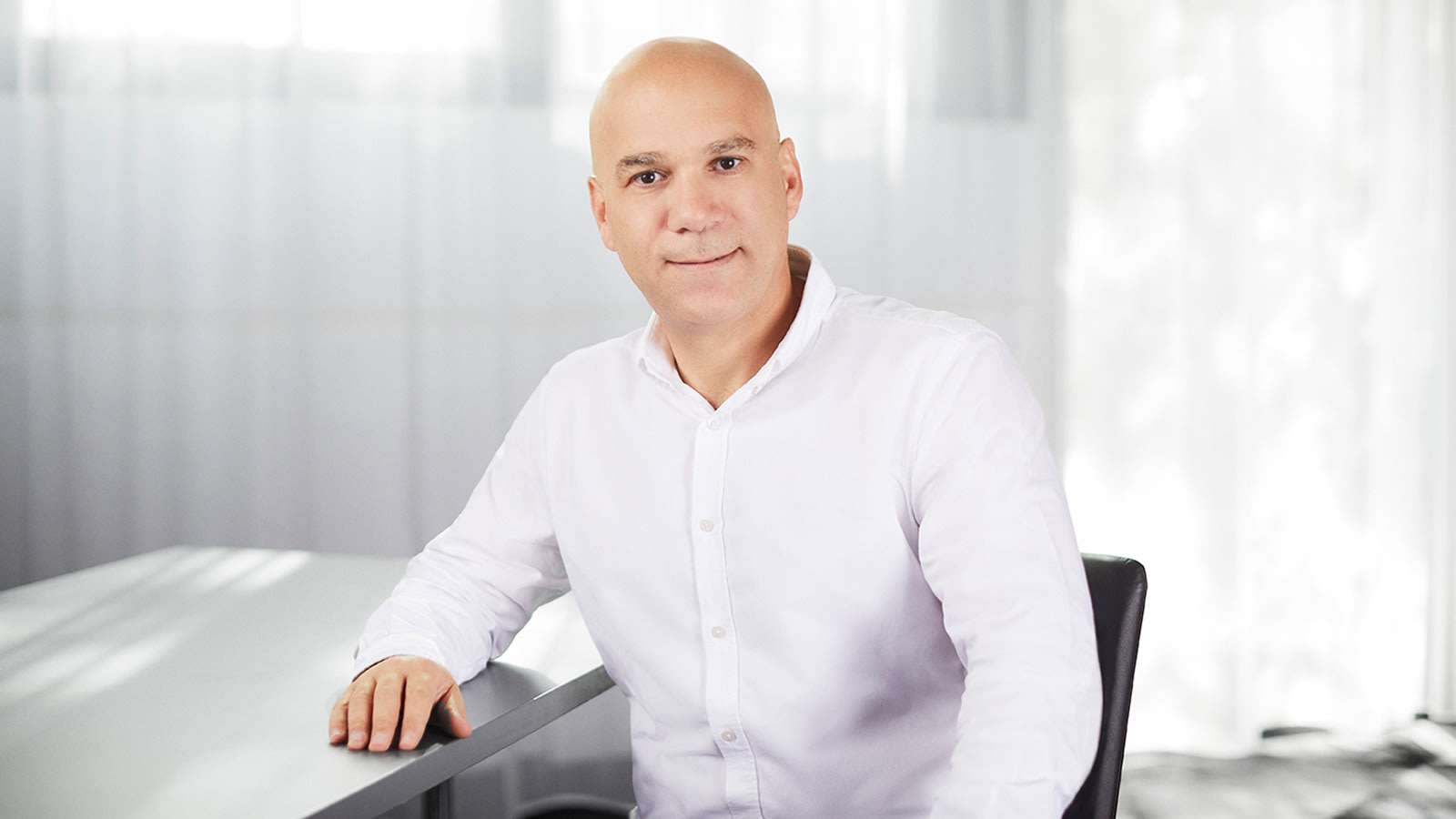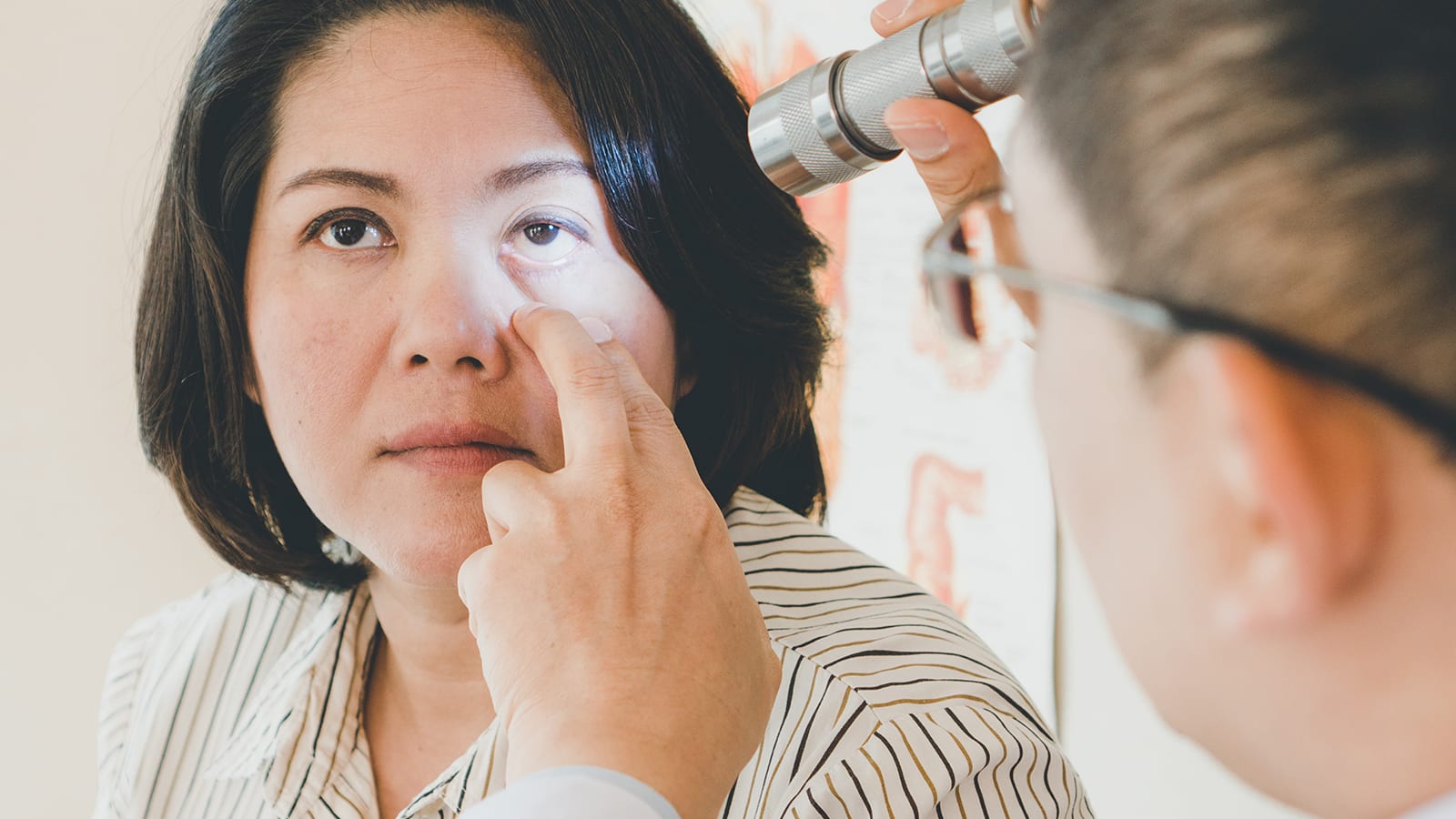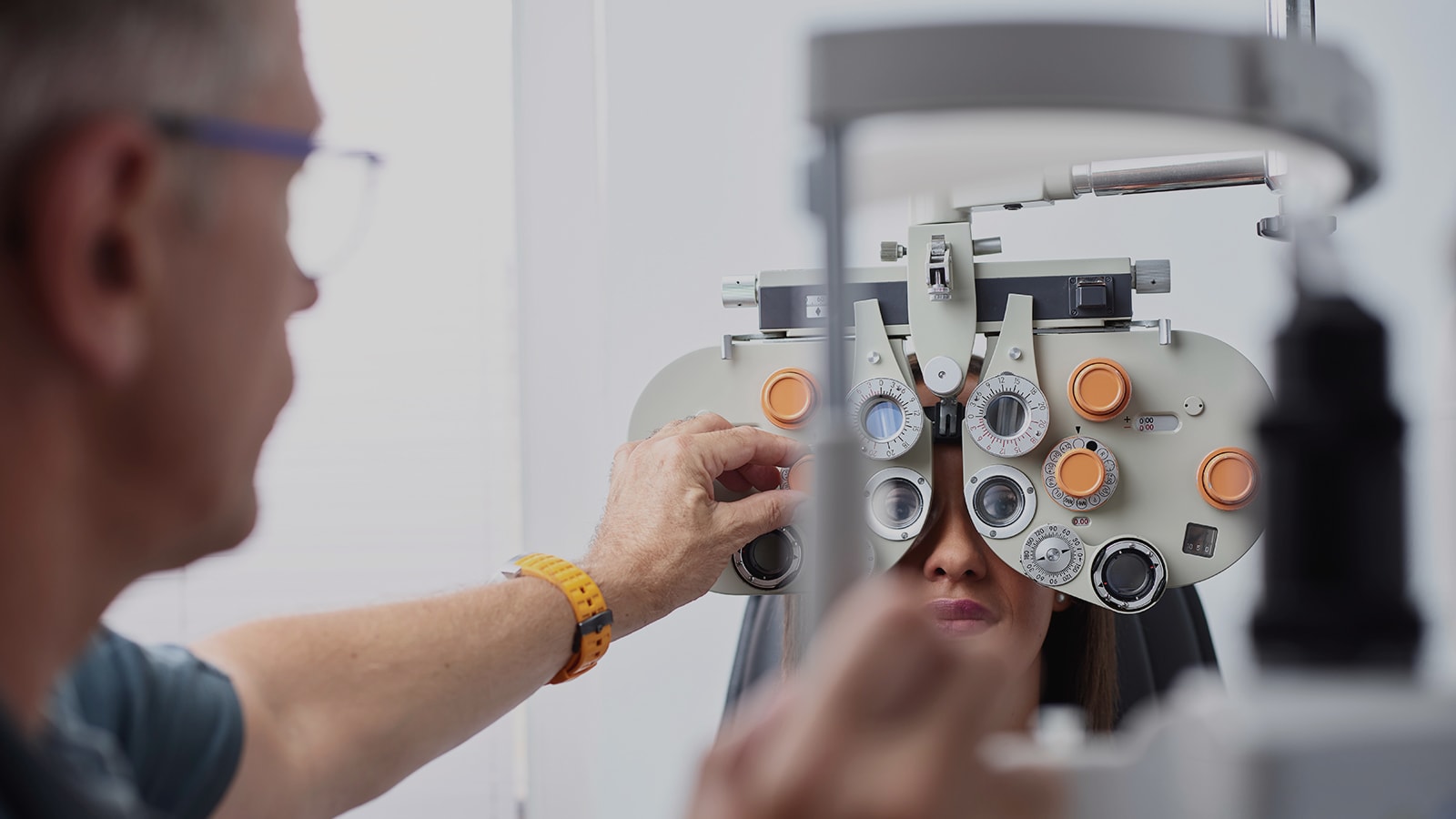To see or not to see — that is the question facing ever-larger numbers of people. The World Health Organization (WHO) estimates that at least 2.2 billion individuals globally are blind or visually impaired, resulting in about US$411 billion (S$547 billion) in lost economic productivity annually. Almost half of these cases are yet to be addressed, often due to lack of access to eye care services.
“Vision loss can profoundly affect individuals, triggering challenges that impact patients’ families, economies and societies,” said Dr Ahmed Elhusseiny, Area Head, Asia Pacific, Roche Pharmaceuticals. “The loss of sight can take away a patient’s autonomy and independence, stopping them from conducting daily activities and limiting their employment opportunities. Families, in turn, struggle with the emotional and financial strain of supporting their visually impaired loved ones.”
But it need not be this way. Researchers say 90 per cent of all sight loss is treatable or preventable, such as wearing glasses to correct refractive errors like myopia or having surgery to remove cataracts. Policymakers, government agencies and private-sector organisations are now rallying around the United Nations (UN) General Assembly’s ‘Vision for Everyone’ resolution, adopted in 2021, which calls on member states to ensure full access to eye care services for their populations by 2030, in line with the UN Sustainable Development Goals.

SEEING ASIA
The story of vision loss is one of inequality, and Asia — which bears a disproportionate burden of moderate-to-severe vision impairment — is a case in point. A joint report by Deloitte, the International Agency for the Prevention of Blindness (IAPB) and Roche found that compared to the global average of 14 per cent, there is a greater prevalence of sight loss of 18.2 per cent for people living in South Asia, and 17.5 per cent for those living in East and Southeast Asia.
Several reasons account for these figures. At a broad level, rapidly ageing populations and the rising prevalence of diabetes across the region contribute to higher rates of eye conditions such as age-related macular degeneration (AMD), diabetic retinopathy and diabetic macular oedema (DME). Intra-regional diversity also exists in terms of economic development, demographics and culture, leading to different levels of eye care provision among countries, or even between urban and rural communities in the same country, added Dr Elhusseiny.

He said: “Within Asia, some healthcare systems currently fall short in adequately serving eye patients, featuring inadequately integrated care processes of diagnosis, referral and treatment; significant financial strain on patients and their families; and substandard and delayed treatments. Key barriers include a limited number of eye care specialists, poor or insufficient ophthalmic education and training, lack of public awareness and eye health literacy, as well as lack of resources and access to treatment.”


Achieving eye care for all by 2030 is an ambitious goal and requires a multifaceted approach. The UN resolution encourages public-private partnerships that are aligned with national government plans to advance vision for everyone. Through such partnerships, public and private sectors can pool their resources, leverage one another’s expertise, and amplify their impact in saving people’s eyesight.
Singapore offers a good reference for Asian neighbours to emulate. Eye health is a big concern in Singapore, which ranks among the world’s highest in myopia prevalence — 80 per cent, according to the Deloitte-IAPB-Roche study — and has one of the fastest-ageing populations. To help tackle the problem, government agencies and private companies have formed strategic partnerships aimed at promoting innovation and R&D; addressing capacity challenges; and raising awareness about the importance of early detection, treatment and prevention.
PARTNERS IN INNOVATION
New ideas and solutions are vital to stem the tide of vision impairment in Asia, especially for conditions such as polypoidal choroidal vasculopathy (PCV), a subtype of neovascular AMD (nAMD) that is more common in people of Asian descent. “PCV has traditionally been underrepresented in clinical trials despite its higher incidence in Asia,” said Dr Elhusseiny. “This is why we have partnered with healthcare institutions in Asia — to correct this imbalance and develop new innovations that address the particular eye health needs of the region.”
In Singapore, Roche sponsors nine clinical trials that span a broad range of indications, such as nAMD (including PCV subtype cases), DME, retinal vein occlusion, myopic choroidal neovascularisation, uveitic macular oedema and thyroid eye disease.
Prior collaborative efforts have already borne fruit. As the national body for ophthalmic and vision research, the Singapore Eye Research Institute (SERI) conducts high-impact research to prevent blindness, low vision and major eye diseases common to Singaporeans and Asians. For over a decade, SERI has worked closely with Roche on the development and approval of a novel treatment for nAMD and DME.

“Our collaboration with SERI in the early phases eventually led to global Phase 3 clinical trials to study the efficacy and safety of the medicine in both nAMD and DME,” said Dr Elhusseiny. “The success of these studies offered compelling evidence supporting regulatory approvals that enabled patients around the world to benefit from this treatment.”
PARTNERS IN CAPACITY-BUILDING
When it comes to expanding eye care capacity and enabling more equitable access, one public-private partnership making a difference in Singapore is Project Silver Screen. An initiative by the Ministry of Health and Temasek Foundation — made possible through the support of corporate and other donors — Project Silver Screen provides eye, ear and mouth screening tests within the community to Singaporeans aged 60 and above for just S$5.
Technology is also a powerful game-changer in optimising resources, achieving cost savings and productivity gains, as well as enhancing early detection and treatment of eye diseases. For example, Roche is currently conducting clinical trials for its new Home Vision app in Thailand. “This smartphone app allows patients to track their vision at home,” Dr Elhusseiny explained. “It features a shape discrimination hyperacuity test, designed to detect early vision changes in nAMD and diabetic retinopathy. It is a simple and accurate tool for patients to provide their doctors with weekly data.”
Elsewhere, in Taiwan, the pharma giant joined forces with computer manufacturer ASUS in 2022 to develop an intelligent medical platform that offers real-time analysis of big data for a range of diseases, including eye disease. “The cutting-edge platform combines our drug development expertise with existing medical data to enhance the calibre of clinical research. This will allow researchers to examine a variety of pertinent data indicators and improve medical efficiency,” said Dr Elhusseiny. Precision medicine in the ophthalmology context means more accurate and reliable medication for those facing vision deterioration.
UPSKILLING PRACTITIONERS ACROSS THE SPECTRUM OF VISION CARE






PARTNERS FOR BOOSTING AWARENESS
Multi-stakeholder collaboration is crucial for connecting with the masses and raising awareness of eye conditions. In Singapore, AMD Week held every October seeks to promote the importance of eye screening to all residents, especially those who are older. This annual outreach event is organised by Khoo Teck Puat Hospital and supported by other hospitals, eye clinics, optometry shops, pharmaceutical and medical device companies, as well as grassroots and non-profit organisations. Roche also partners with charity Diabetes Singapore to educate people with diabetes about how to manage eye health and prevent eye complications.
These local efforts complement global awareness campaigns such as IAPB’s annual World Sight Day, which in 2023 was themed ‘Love Your Eyes at Work’. Employees, employers, insurers and eye care professionals everywhere were encouraged to make pledges to prioritise eye health in the workplace.

THE ROAD TO 2030
In pursuing the 2030 target, WHO has urged countries to consider eye care an essential service as part of universal health coverage and to include it in national health plans. Policies and financing structures should be developed to facilitate comprehensive service delivery spanning promotion, prevention, treatment and rehabilitation.
The journey will be much smoother if all stakeholders in the eye health ecosystem step up. It involves governments acknowledging the seriousness of vision impairment and funnelling resources towards eye care; pharmaceutical companies working with like-minded partners to develop innovative treatments for eye diseases and contribute to addressing system-level challenges; and individuals themselves being proactive in going for annual eye screenings. Only then will barriers to access be removed and vision for all become a reality.













